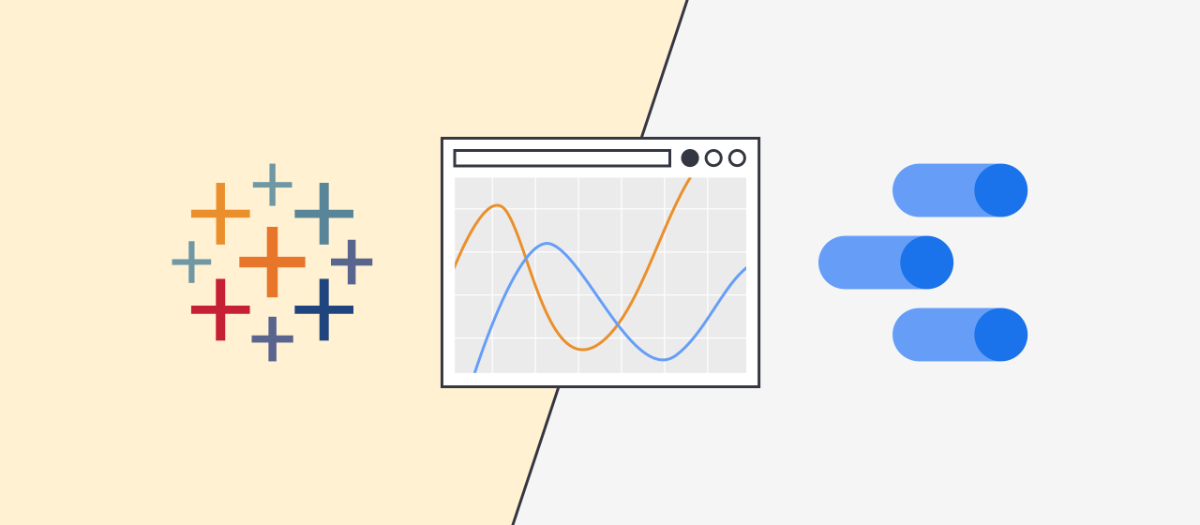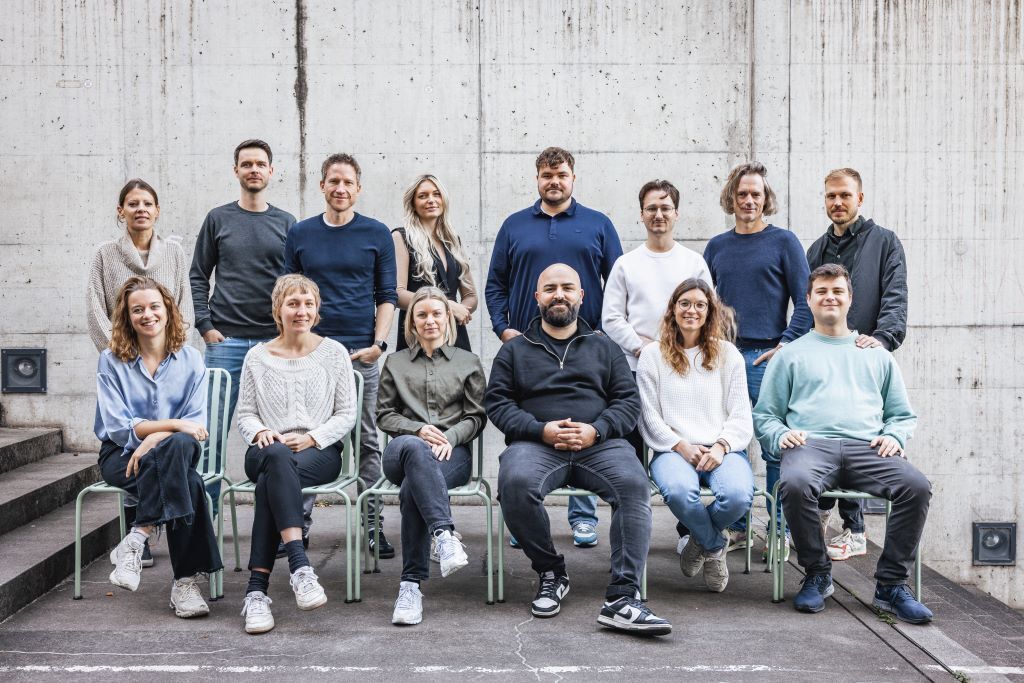

Before you can start visualising data, the question of the right tool arises. As everywhere, there are different providers with various advantages and disadvantages. At zweipunkt, we rely on Tableau and Google Data Studio (new: Looker Studio) for data visualisation. The decision as to which tool should be used in a specific case depends on the relevant customer and use case requirements. To give you an overview of the different features of Tableau and Looker Studio, we have created a comparison of the most important features of the tools below.
The comparison
Setup & Infrastructure
|
Tableau |
Looker Studio |
|
Online and desktop version available |
Online only, no download or installation required |
|
On-premise possible (hosting of your own Tableau Server required), cloud solution available (Tableau Online) |
Everything in the Google Cloud, no own infrastructure required |
|
Publishing to Tableau Server or Tableau Online enables access or sharing of dashboards |
Easy sharing of dashboards through link sharing |
|
Editing possible in offline mode and in the browser |
Editing only in online mode, (fast) internet connection required |
costs
|
Various cost/licence models available → generally costs per user |
Free of charge, no hidden costs |
Maintenance
|
Quarterly releases; manual server update required if on-premise, no action required for Tableau Online |
Continuous updates from Looker Studio, no need for action |
Usability
|
Active Directory possible |
Easy access via Google account, problem-free and simultaneous collaboration possible |
Visualisations
|
Simple visualisations available, plenty of scope for customisation |
Large selection of simple visualisation options, plus additional community visualisations |
Technical realisation
|
Huge selection of built-in connectors - from CSV to SQL to spatial files |
Simple connection to other Google products (BigQuery, Google Analytics, Google Ads, ...) Large selection of connectors. Additional connectors can be added for a fee. An xslx upload is not possible |
|
Tooltips are individually customisable, visualisations are also possible in tooltips |
Tooltips are automatically created by GDS and cannot be changed |
|
Maximum page length of 10,000 pixels per dashboard |
Charts per page are limited |
|
Different layouts (desktop, tablet, mobile) are possible for the same dashboard |
Only one layout option per dashboard |
Other features
|
Large community, free tutorial videos, paid tutorials and training courses are also available |
Large community, many free learning videos in the Google Academy |
Conclusion
Looker Studio is a great way to get started in the world of data visualisation. With the free visualisation tool from Google, you can create dashboards and develop meaningful reports quickly and easily, even without much prior knowledge. Especially for those who are already familiar with the Google universe, Looker Studio is a visualisation tool that can be used without a complex setup.
While Looker Studio impresses with its simple and cost-effective use, Tableau shines with its performance and individuality. Tableau is particularly suitable for projects with large amounts of data or complex calculations. As a data visualisation tool, Tableau also enables the individual design of graphs and flexible use on different end devices. For some companies, however, the decisive argument is likely to be data sovereignty: the visualised data can be kept "in-house" when using Tableau.
Both Looker Studio and Tableau are convincing visualisation tools. There is no clear winner in the comparison - it depends too much on the respective use case and the specific requirements.
Do you need help setting up a dashboard?













.svg)